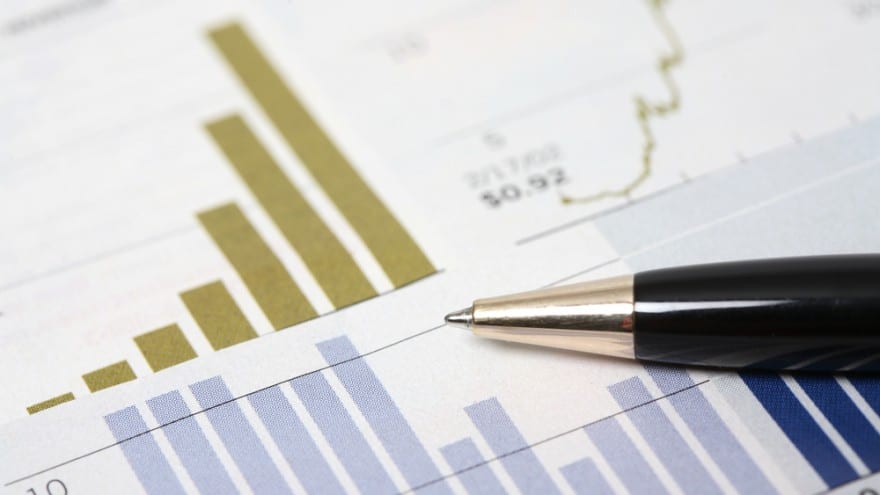Those Dangerous Mutual Fund Rating Systems

The books are securely closed on 1997, and that means we’re being bombarded with the annual fund ratings and rankings from many publishers. I know many of you review these publications, because you regularly ask me why I recommend a fund that received a low rating from a service or am not recommending a fund with a high rating.
My advice is to ignore these fund rating systems. I do. The publications provide some good information about funds, but ignore the ratings and rankings. They’re worse than useless; they can be dangerous to your wealth.
One reason to ignore the ratings is that they are based entirely on past performance. You certainly want to review a fund’s past performance. But that shouldn’t be the whole story. You need to know the “why” behind the numbers. For example, many investors purchased technology-laden funds at the start of 1997, because those funds were chart-toppers for the past few years. Unfortunately, technology had seen its best days by the first quarter of 1997. Many of those investors actually lost money in the banner year of 1997.
The Morningstar ratings are the most widely-cited, and there has been a fair amount of research done on the firm’s “star” ratings. One study found that the star ratings change frequently. You could have a five-star fund one month and find that it is a three-star fund a few months later. You can’t make decisions using a system with such turnover.
In addition, Morningstar ratings seem to be generous. A recent study found that Morningstar gives its top four- and five-star ratings to over half its domestic equity funds. That is curious, since about 90% of funds trailed the market indexes the last few years. Morningstar also doesn’t do a good job of comparing similar funds to each other. Some improvements were made about a year ago, but Morningstar still rates diversified equity funds in the same grouping as sector funds. And load funds are rated against no-loads, after subtracting the load funds’s sales charges.
Another problem with Morningstar’s rankings is that they are based on the most recent three years. A new fund that was in the right stocks gets a top-rating easily. But an older fund that has been steadily beating its peers and the market indexes for a decade or more has more trouble getting a top-ranking. If you buy a top-ranked Morningstar fund there’s a good chance you are buying just as the fund is ending its period of high performance.
I’m picking on Morningstar because the most research has been done on its rating system. But there are similar problems with every other rating system out there. That’s why stars and other ratings don’t influence the funds I recommend in the Core and Managed Portfolios. I look for no-load funds with reasonable expenses. I generally look for experienced managers who have consistently and successfully followed the same stock-picking method for some years. I want funds that are going to preserve most of our wealth in bad times and return solid profits in good times.
![]()





